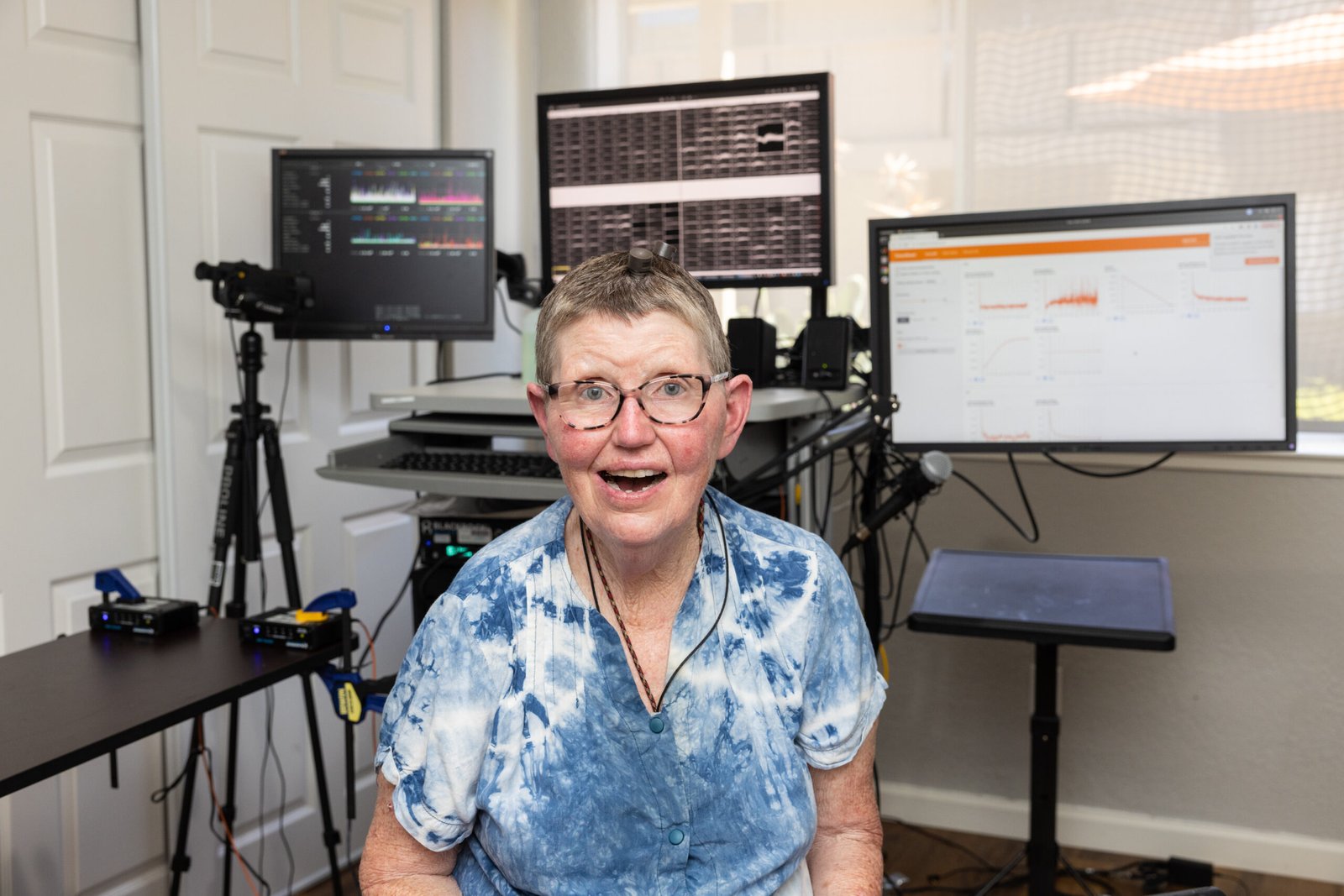Understanding ALS and the Need for Innovative Communication Solutions
Amyotrophic Lateral Sclerosis (ALS), also known as Lou Gehrig’s disease, is a progressive neurodegenerative condition that primarily affects the neurons responsible for controlling voluntary muscles. As the disease advances, these motor neurons deteriorate, leading to muscle weakness, atrophy, and eventually, paralysis. Patients with ALS experience a significant decline in their ability to perform everyday tasks, including speaking, swallowing, and moving.
The degeneration of motor functions severely impacts communication abilities, one of the most critical aspects of human interaction. Traditional speech becomes increasingly difficult, and eventually impossible, as the disease progresses. This loss of communication can lead to social isolation and a diminished quality of life for ALS patients.
Currently, there are several communication aids designed to assist individuals with ALS. Speech-generating devices (SGDs) are among the most common solutions. These devices convert text or symbols into spoken words, allowing patients to express themselves. Eye-tracking technology is another innovative tool, enabling users to control a computer cursor with their eye movements, facilitating communication through text or pre-programmed phrases. Despite their usefulness, these tools have limitations. SGDs can be cumbersome and may require fine motor skills that ALS patients gradually lose. Eye-tracking systems, while effective, can be fatiguing and may struggle with accuracy, especially as the disease progresses.
The pressing need for more advanced and intuitive communication solutions is evident. As ALS relentlessly progresses, the urgency to develop technologies that can seamlessly translate thoughts into computer commands becomes paramount. Such innovations could drastically improve the quality of life for ALS patients by restoring their ability to communicate effectively and independently. The development of brain-computer interfaces (BCIs) represents a significant leap forward in this quest, offering the potential to bypass the physical limitations imposed by ALS and provide a more direct and natural means of communication.
The Brain Implant Technology: How It Works and Its Impact on ALS Patients
The brain implant technology represents a significant breakthrough in personalized medical care, particularly for patients suffering from Amyotrophic Lateral Sclerosis (ALS). This technology operates by detecting and interpreting neural signals, which are then translated into actionable commands on a computer. Utilizing advanced neuroimaging techniques, the first step involves identifying specific brain regions responsible for motor functions and communication. Electrodes are then implanted in these targeted areas, allowing the device to pick up electrical impulses generated by neuronal activity.
The process of converting neural signals into computer commands is both intricate and fascinating. When the patient thinks about a specific action, such as moving a cursor or typing a letter, the implant captures the corresponding neural activity. These signals are then processed by an external device, often a computer, which decodes the patterns and translates them into digital commands. This seamless conversion enables patients to interact with computers and other digital devices using just their thoughts, offering a new avenue for communication and control.
The impact of this technology on ALS patients is profound. For the individual who received the implant, the journey has been transformative. Initial sessions focused on calibrating the system to recognize the unique neural patterns of the patient. Over time, with continuous adjustments and training, the patient gained the ability to perform increasingly complex tasks. From selecting letters on a virtual keyboard to controlling a robotic arm, the patient’s progress underscores the potential of brain implant technology to restore a degree of autonomy and improve quality of life.
Beyond individual cases, the broader implications of this technology are immense. For ALS patients and others with severe motor disabilities, brain implants offer a new lease on life, enabling them to communicate and interact with their environment in ways previously thought impossible. Future developments could include more sophisticated decoding algorithms, wireless systems, and even integration with artificial intelligence to enhance functionality and ease of use. However, these advancements also raise ethical considerations, such as privacy concerns and the need for informed consent, which must be carefully navigated as the technology evolves.

































